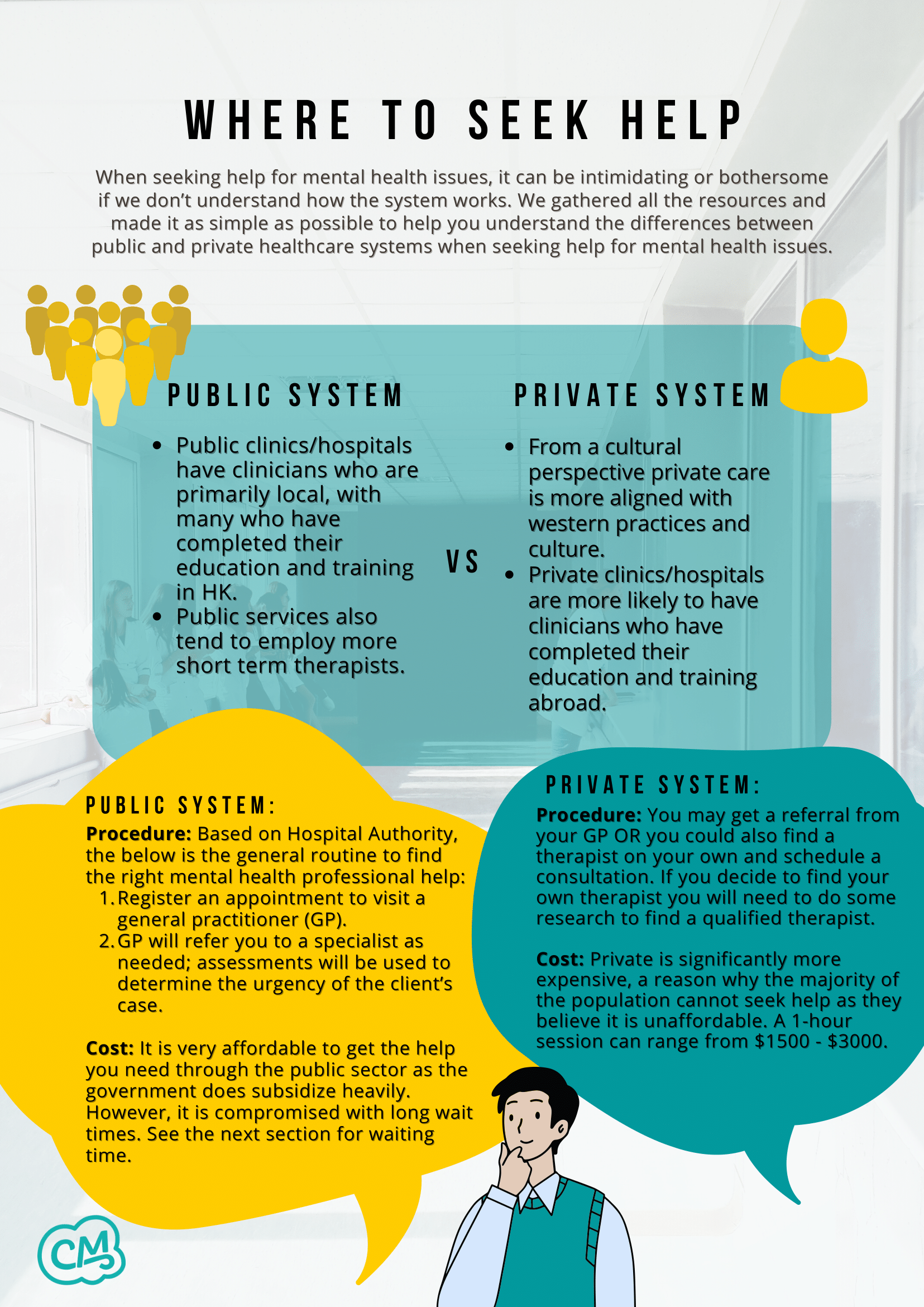The Main Principles Of Into The Light
The Main Principles Of Into The Light
Blog Article
Getting My Into The Light To Work
Table of ContentsThe Basic Principles Of Into The Light Into The Light for BeginnersInto The Light Fundamentals ExplainedExcitement About Into The LightTop Guidelines Of Into The LightWhat Does Into The Light Do?
Social treatment focuses greatly on boosting connections and helping a person express feelings in healthy and balanced means. Family members treatment aids household members connect, handle disputes and solve issues much better.
Avoiding mental, psychological, and behavior problems amongst young individuals: development and possibilities. Washington, DC: The National Academic Press; 2009.
Into The Light Things To Know Before You Buy

Stress, anxiety, and stress and anxiety can influence psychological wellness and might interfere with a person's regimen. Healthcare experts usually utilize the term "mental wellness," doctors acknowledge that numerous psychological health problems have physical roots.
The organization also highlights that maintaining and restoring psychological health is essential at individual, community, and societal degrees. In the United States, the National Alliance on Mental disorder approximates that nearly 1 in 5 grownups experience mental health and wellness problems annually. In 2021, an estimated in the U.S., concerning 5.5% of the grown-up population, had a major psychological problem, according to the National Institute of Mental Health (NIMH). Every person goes to some risk of establishing a mental wellness condition, no matter of age, sex, income, or ethnicity.
Into The Light - An Overview

Having limited financial methods or belonging to a marginalized ethnic team can boost the risk of psychological health problems as an outcome of predispositions in healthcare. An explains several socioeconomic sources of mental wellness problems, consisting of poverty and living on the borders of a big city. The researchers likewise described versatile (modifiable) and inflexible (nonmodifiable) factors that can affect the accessibility and quality of mental health and wellness care therapy for certain teams.
People with a "weak financial condition" racked up highest possible for psychological health conditions in this research. Numerous record that childhood injuries such as youngster misuse, adult loss, adult splitting up, and parental health problem substantially impact a growing youngster's psychological and physical health and wellness. The NIMH suggests that a person's household background can of psychological health problems, as details genetics and genetics variants placed an individual at greater risk.
Getting My Into The Light To Work
Furthermore, people without associated genes or a family history of psychological wellness problems might have a mental wellness problem. Chronic stress and anxiety and mental health problems such as anxiety and stress and anxiety may establish because of underlying physical illness, such as cancer, diabetes, and persistent pain. Health care specialists group mental health conditions according to the functions they share. https://www.nulled.to/user/6232427-int0thel1ght.
An individual with GAD might often feel anxiousness without trigger whatsoever. People with panic attack experience normal panic attacks including unexpected, frustrating horror or a feeling of impending calamity and death. There are many sorts of fears, and what might appear common to one individual might be a severe issue that controls life for one more.
People with social phobia commonly limit their direct exposure to social atmospheres. During this type of event, the person thinks their life or other people's lives are in danger. These experiences of injury and worry may then add to PTSD.People view it now might additionally refer to state of mind conditions as affective problems or depressive disorders.
Examples of state of mind problems consist of: A specific with significant depression experiences a continuous low mood and dislikes activities and occasions that they previously appreciated (anhedonia). They may feel extended durations of despair or severe unhappiness. A person with bipolar condition experiences in their state of mind, energy degrees, degrees of task, and capacity to proceed with life.
A person with GAD may occasionally feel stress and anxiety with no trigger at all. There are lots of types of anxieties, and what might seem regular to one individual might be a serious issue that controls day-to-day life for another.
Into The Light Things To Know Before You Get This
A worry of crawlers is a case in point. Occasionally called social anxiety, this is a worry of being watched or judged by others. Individuals with social phobia usually restrict their exposure to social atmospheres. The term "agoraphobia" describes an anxiety of circumstances where escaping might be challenging, such as being in a lift or a moving train.
PTSD can happen after an individual experiences or witnesses a stressful or stressful occasion. During this sort of event, the individual thinks their life or other individuals's lives remain in risk. They may feel afraid or that they have no control over what is taking place. These experiences of trauma and anxiety may then add to PTSD.People may additionally describe mood disorders as affective conditions or depressive problems.
Instances of state of mind disorders consist of: A specific with significant anxiety experiences a constant reduced mood and dislikes tasks and events that they previously took pleasure in (anhedonia). They might feel long term periods of despair or severe unhappiness. A person with bipolar illness experiences in their mood, energy degrees, levels of task, and capability to continue with life.
Report this page